The views expressed in our content reflect individual perspectives and do not represent the authoritative views of the Baha'i Faith.
In the preceding two articles, we’ve introduced and discussed a very interesting short work by Abdu’l-Baha, which we have referred to as the Tablet to Amir Khan. Amir Khan had asked Abdu’l-Baha about Indigenous Messengers of God sent to North America (and, by implication, to the Americas). Now we’d like to offer a Native American Baha’i perspective on this fascinating document, quite unique in the history of religions for the principle it enunciates—that God has repeatedly sent prophets and messengers to First Nations peoples.
This is nothing new to indigenous people, of course. Their very cultures and sacred traditions came from these extraordinary individuals, whom Western anthropologists have often referred to as “culture heroes”—a term that scarcely does justice to these great wisdom bearers. Instead of seeing the messengers as minor figures, we need to give these interlocutors of the Great Spirit the honor and recognition that they deserve within the broader context of the world’s spiritual history.
Now I’d like to introduce my esteemed colleague, Paula Bidwell, author of Many Messengers of God, A Native American Perspective: Deganawidah The Peacemaker. Of mixed Indian blood—Cherokee, Shawnee, Delaware and Seneca—Paula also has Northern Italian ancestors from Barga Lucca. Her Shawnee grandfather, Johnny Gibson, named her into the Deer Clan as “Welapama” (Bringer of Hope and Joy). Later, she lived on the Cheyenne River Sioux reservation in Eagle Butte, South Dakota, where she found the home and people of her heart. During this time the tribe gave her another name: “Kagnigapi Winyan” (Chosen Woman). In later life, Paula discovered her great-grandfather, Abeyah Young, was a Lakota from the Rosebud Sioux reservation. In the 1990’s she was acknowledged as a “Wicaglata” (Woman Singer) on the Standing Rock Sioux reservation.
So let’s both take a look at Abdu’l-Baha’s answer to this important question: “Did the ancestors of Native North Americans cross over the Bering Strait?”:
In ancient times the people of America were, through their northern regions, close to Asia, that is, separated from Asia by a strait. For this reason, it hath been said that crossing had occurred. There are other signs which indicate communication.
Chris: I’d suggest Abdu’l-Baha simply says here that others (i.e. “it hath been said”) have claimed “that crossing had occurred”—and that Abdu’l-Baha does not take a definitive position on the Bering Strait migration theory personally.
Paula: I agree–by saying “it hath been said,” we can understand Abdu’l-Baha as simply stating that others have said it. I don’t think he appears to be sympathetic to the idea—I think he simply recognizes what others have said and nothing more. But, the next sentence seems definitive: “There are other signs which indicate communication.”
Chris: Do you think that sentence means Abdu’l-Baha is summarizing the scientific evidence of the day for the Beringia land bridge theory?
Paula: I don’t know—but in a mystical sense, I think he went beyond the understandings of the day. It seems he did this frequently—probably one of the reasons Baha’is call Abdu’l-Baha the “Mystery of God.” That being said, I believe he gives us something to continue to look into here, and allows for a progressive understanding from the present into the future with new scientific findings.
Also, Abdu’l-Baha uses the word “communication” and not “crossing.” He could have easily said there are other signs which indicate crossing. But the word he chose is “communication,” and even if the communication occurred because of people crossing the Bering land bridge, this slight change in wording leads one to remember that communication involves more than one group of people. It is an exchange not only in the material world, such as a physical crossing might be limited to, but also an exchange in intellectual, spiritual and creative worlds.
Chris: Briefly, Paula, why is the Bering Strait hypothesis so controversial among Native Americans and Native Canadians? (See, e.g., Ward Churchill’s article, “Bering Strait Theory,” which offers a Native American perspective.)
Paula: Each Tribe and Nation has their specific place of origin on the North American continent. So, the theory that we originated in Asia opposes our sacred stories and traditions. Unfortunately, we are seldom given any credibility for our traditional knowledge. We are frequently dismissed as adhering to an ignorant and superstitious worldview, as opposed to the presumably superior Western scientific method. This issue raises concerns for many Indigenous Americans.
Although, another way of looking at this issue is that our traditions are not dogmatic or literal. I believe that many American Indians would be able to reconcile our ancient knowledge with the natural evidence being discovered today, such as we arrived here 20,000 or more years ago. Why shouldn’t both be true? In my language God is called “the Great Mystery.” Thus, we don’t always understand the world.
©2014 by Christopher Buck.


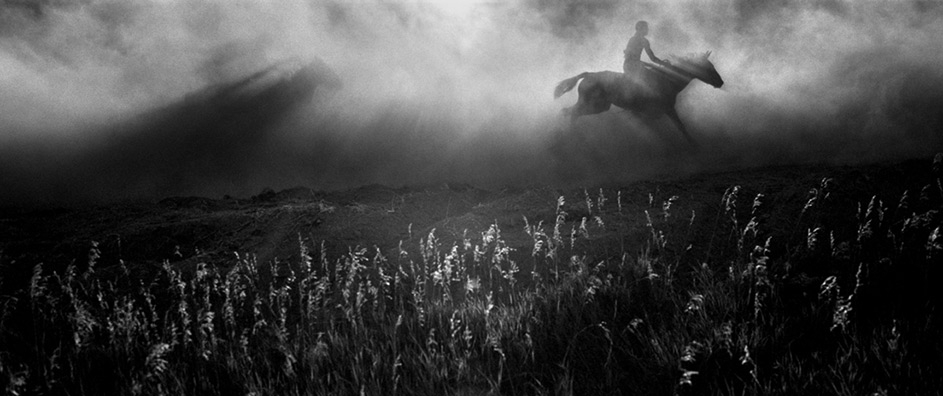
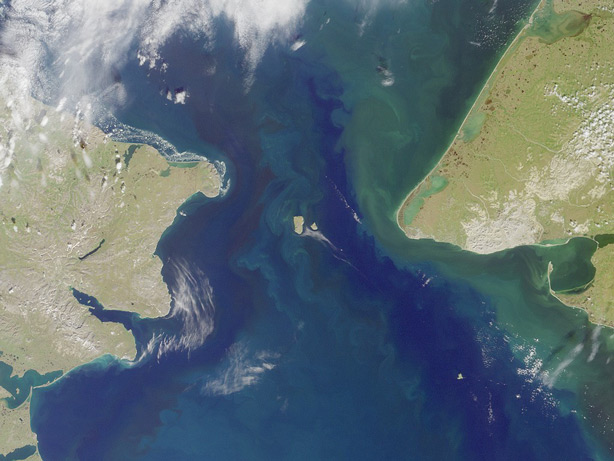
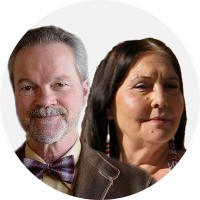
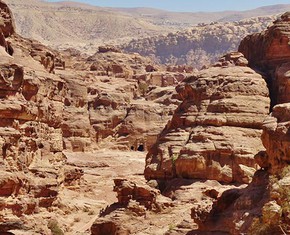

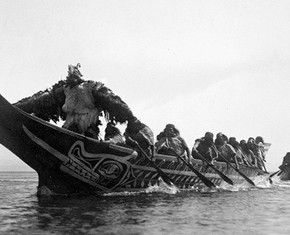









Comments
Sign in or create an account
Continue with Googleor